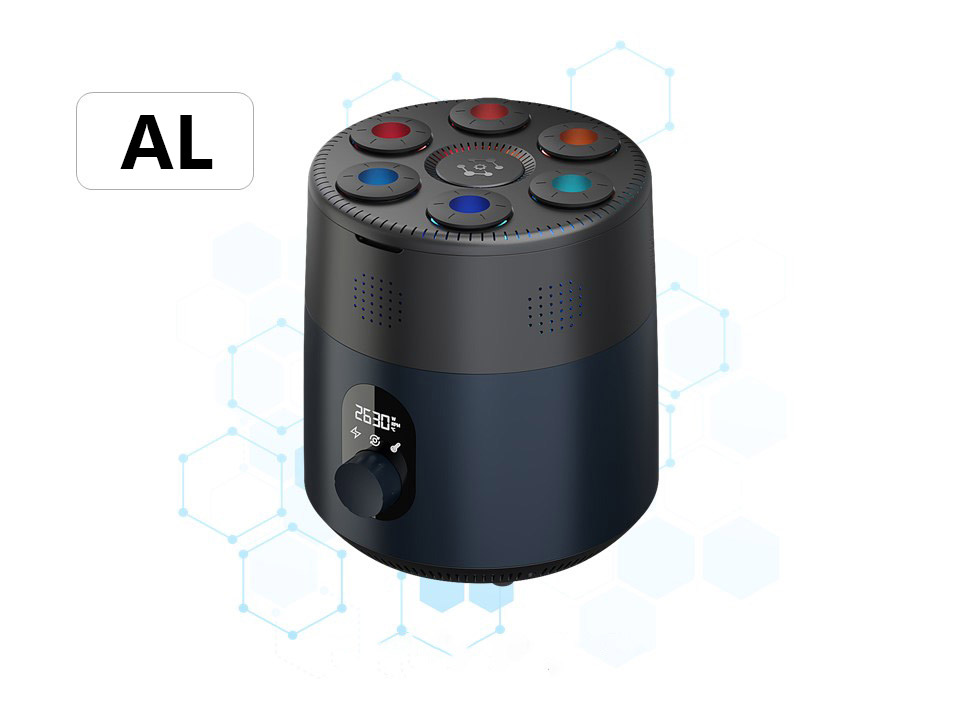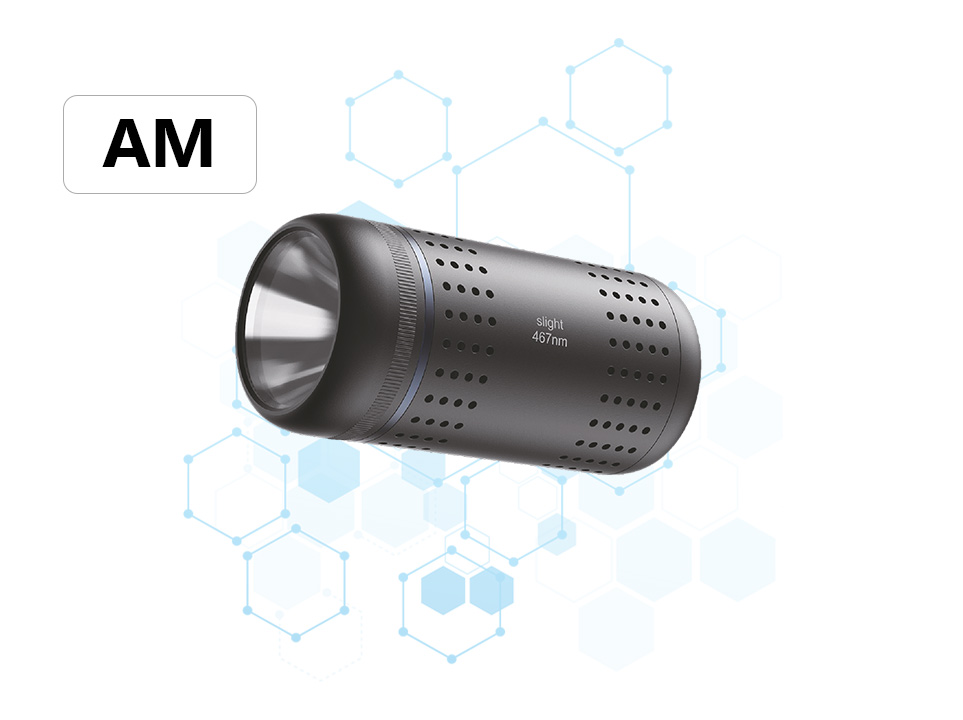Principle of air cooling temperature control for photochemical reactor AL

The principle of air cooling temperature control for the AL photochemical reactor by 3S Tech involves a combination of active and passive cooling mechanisms to maintain precise temperature stability during photochemical reactions. Here's a structured breakdown:
1. Heat Generation Source
Light Source: High-intensity LEDs or lamps generate heat during operation, which must be dissipated to prevent overheating and ensure reaction efficiency.
2. Passive Cooling Components
Heat Sinks: Integrated with the light source, these are typically made of aluminum (due to its high thermal conductivity) and feature fins to maximize surface area for heat dissipation.
Thermally Conductive Materials: The reactor chamber may use materials like aluminum alloys to facilitate heat transfer away from sensitive components.
3. Active Cooling Mechanisms
Forced Airflow: Strategically placed fans or blowers circulate ambient air over heat sinks and reactor surfaces.
Airflow Design: Optimized vents or channels ensure uniform cooling across the reaction chamber, minimizing hotspots.
4. Closed-Loop Temperature Control
Sensors: Real-time monitoring via thermocouples or RTDs (Resistance Temperature Detectors) tracks temperature at critical points.
Feedback System: A microcontroller adjusts fan speed based on sensor data to maintain a user-defined temperature setpoint.
5. Energy Efficiency and Noise Reduction
Variable-speed fans reduce power consumption and noise, making the system suitable for lab environments.
6. Design Considerations
Uniform Cooling: Multiple fans or directional airflow ensure even temperature distribution.
Ambient Air Dependency: Effectiveness relies on ambient air temperature; performance may vary in high-temperature environments.
7. Advantages
Simplicity, low maintenance, and cost-effectiveness compared to liquid cooling.
Avoids complications like coolant leaks or pump failures.
8. Limitations
Less effective in environments with high ambient temperatures.
May struggle with extremely high heat loads compared to liquid-based systems.
This integrated approach ensures stable reaction conditions, critical for reproducibility and efficiency in photochemical processes.





